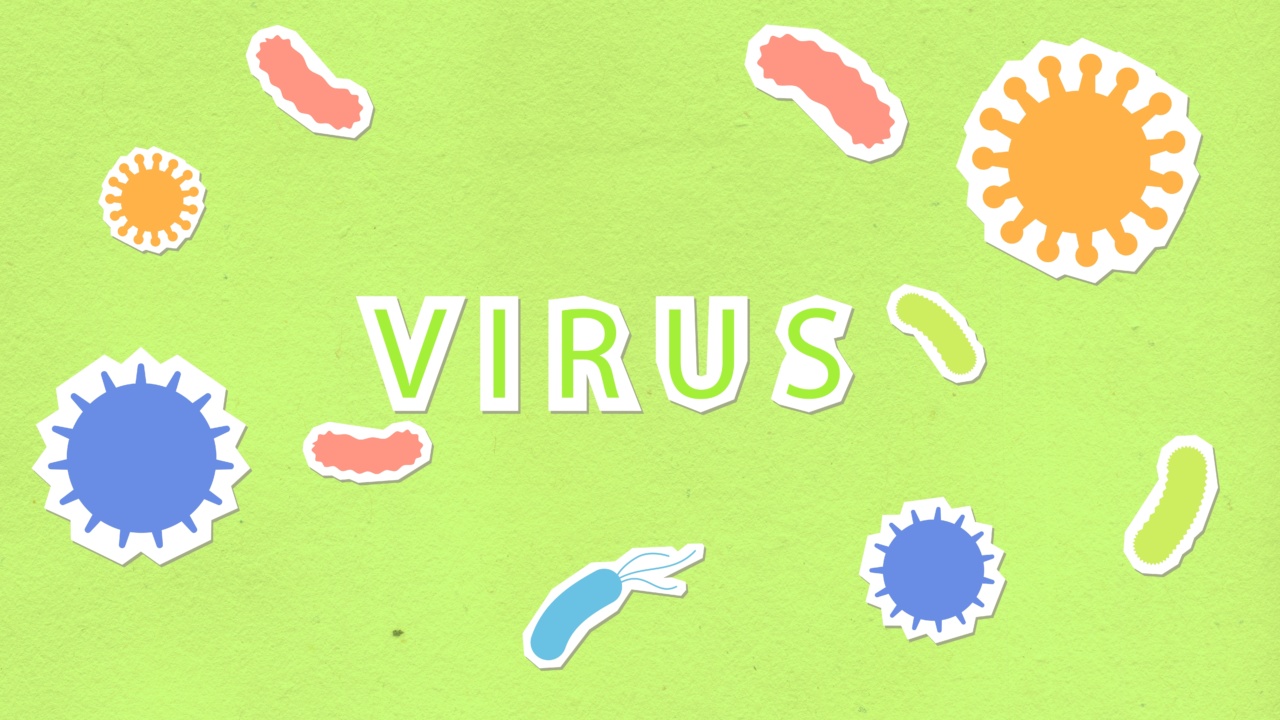An intestinal infection, also known as gastroenteritis, is a condition in which the digestive system becomes inflamed due to the presence of harmful bacteria, viruses, or other pathogens.
While many cases of intestinal infections are mild and resolve on their own, certain infections can be quite dangerous and require immediate medical attention. In this article, we will discuss some warning signs of a hazardous intestinal infection and the importance of early detection and treatment.
1. Severe Abdominal Pain
One of the major signs of a hazardous intestinal infection is severe abdominal pain. This pain is often constant and may worsen with movement. It may be accompanied by bloating, cramping, and a general feeling of discomfort in the abdominal area.
2. Persistent Diarrhea
Another indication of a serious intestinal infection is persistent diarrhea. While diarrhea is a common symptom of many infections, if it lasts for more than a few days or is accompanied by blood or mucus, it is important to seek medical attention.
This could be a sign of a more severe infection or even a possible complication.
3. High Fever
Infections in the intestines can often result in a high fever. If you have a persistent fever of 101 degrees Fahrenheit or higher, it is important to reach out to a healthcare professional.
A high fever is a sign that your body is fighting off an infection, and in some cases, it may require medical intervention.
4. Dehydration
Dehydration is a common complication of intestinal infections, especially if there is persistent diarrhea or vomiting. It occurs when your body loses more fluids than it consumes, leading to an imbalance in electrolytes and other essential substances.
Symptoms of dehydration may include excessive thirst, dry mouth, dark urine, dizziness, and fatigue.
5. Blood in Stool
If you notice blood in your stool, it may indicate a hazardous intestinal infection. Blood in the stool can be a sign of inflammation or damage to the digestive tract.
It is crucial to seek medical attention if you observe this symptom, as it could be an indicator of a more serious underlying condition.
6. Unexplained Weight Loss
An unexplained and significant weight loss is often a cause for concern, especially when accompanied by other symptoms such as diarrhea, abdominal pain, or nausea.
Intestinal infections can disrupt the digestive system and interfere with proper nutrient absorption, leading to unintended weight loss.
7. Fatigue and Weakness
Feeling excessively tired, weak, or fatigued can be a warning sign of a hazardous intestinal infection. When the body is fighting off an infection, it requires extra energy, which can leave you feeling drained and exhausted.
If your fatigue is severe or persistent, it is important to consult a healthcare professional.
8. Vomiting
Vomiting is another common symptom of intestinal infections. While occasional vomiting may not be alarming, persistent or forceful vomiting can lead to dehydration and further complications.
If you are unable to keep any fluids down or experience severe vomiting, immediate medical attention is necessary.
9. Intense Nausea
Intense nausea and a constant feeling of queasiness can be indicative of a hazardous intestinal infection. Nausea is your body’s way of signaling that something is wrong in the digestive system.
If you experience persistent and severe nausea, it is advisable to consult a healthcare provider.
10. Changes in Urine Color
While it may seem unrelated, changes in urine color can sometimes indicate an intestinal infection. If your urine appears darker than usual or has a strong odor, it may be a sign of dehydration or kidney involvement due to the infection.
Monitoring your urine color can provide important clues about your overall health.
Conclusion
Recognizing the warning signs of a hazardous intestinal infection is crucial for prompt diagnosis and treatment.
If you experience severe abdominal pain, persistent diarrhea, high fever, dehydration, blood in the stool, unexplained weight loss, fatigue, vomiting, intense nausea, or changes in urine color, it is important to consult a healthcare professional. Early intervention can help prevent complications and ensure a speedy recovery.



























